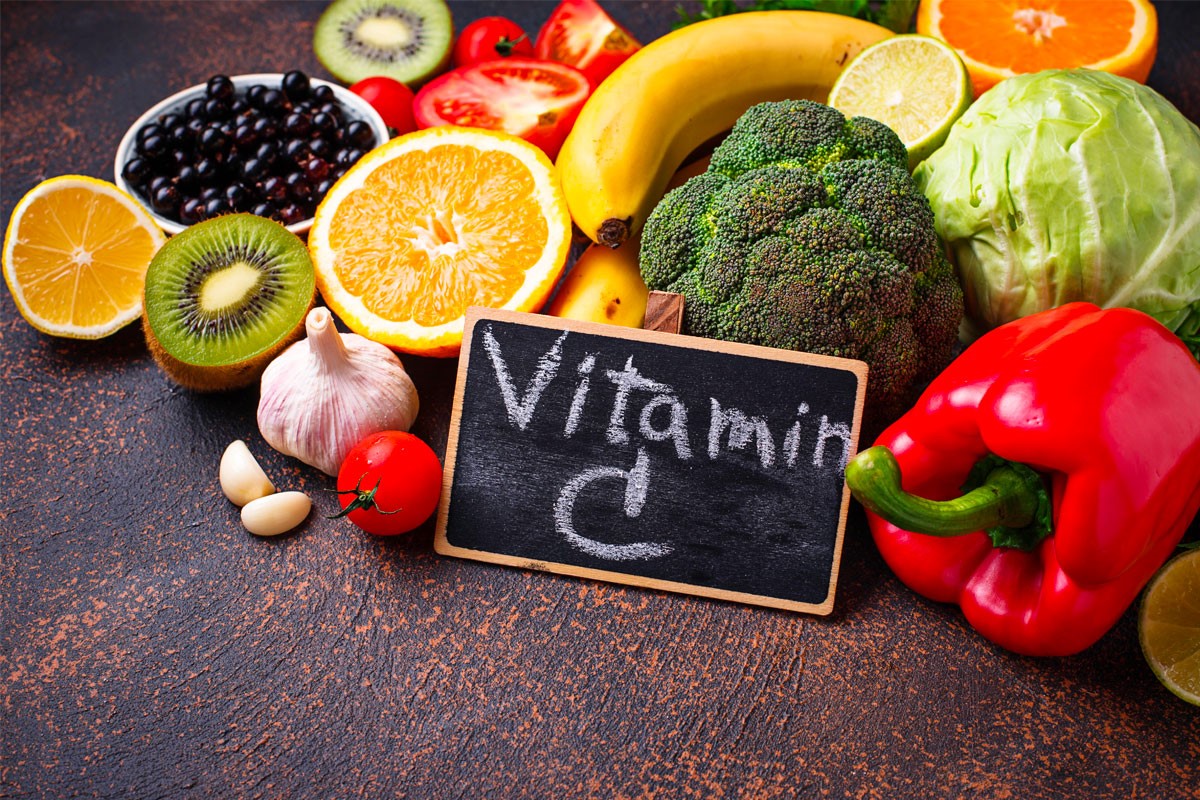
Vitamin C: what it is used for and what foods ascorbic acid is found in
Vitamin C (ascorbic acid) is contained in many fresh foods and although it is commonly associated with citrus fruits, its presence is not exclusive to these fruits
Vitamin C is a water-soluble vitamin, so it must be taken regularly through food because it cannot be stored in the body.
In addition to dissolving in water, vitamin C is sensitive to high temperatures, so cooking in water nullifies its properties.
What is vitamin C used for?
Vitamin C is involved in many metabolic reactions and the biosynthesis of amino acids, hormones and collagen.
It also helps strengthen the immune system due to its antioxidant effects, and helps the body prevent the risk of cancer by inhibiting the synthesis of carcinogenic substances.
It is also crucial in neutralising free radicals, waste products of the cells.
The average daily requirement of vitamin C is 75 mg in adult men and 60 mg in women; in the case of pregnancy or lactation, the requirement increases.
Foods that contain the most vitamin C
Vitamin C is contained particularly in fresh foods such as fruit and vegetables.
To make the most of the benefits of vitamin C, these foods should be eaten raw or undercooked within 3-4 days.
They are particularly rich in vitamin C:
- Pepper: 100 g of raw peppers provide 151 mg of the vitamin;
- Rocket: 100 g rocket provides 110 mg of the vitamin;
- Kiwi: 100 g kiwi provides 85 mg vitamin;
- Cauliflower: 100 g raw cauliflower provides 59 mg vitamin;
- Spinach: 100 g raw spinach provides 54 mg vitamin;
- Broccoli: 100 g of raw broccoli provides 54 mg of vitamin;
- Lemon: 100 g of lemon provides 50 mg of vitamin;
- Orange: 100 g blond orange provides 49 mg vitamin;
- Mandarin: 100 g mandarin provides 42 mg vitamin;
- Tomato: 100 g of raw salad tomatoes provide 21 mg of vitamin.
Does vitamin C help against colds and flu?
We often hear that vitamin C is useful against colds and flu.
In reality, vitamin C has no therapeutic properties and therefore does not cure colds or flu.
However, the vitamin can help reduce the duration of a cold or flu due to its antioxidant and immunostimulant action: its intake through fresh, seasonal foods can therefore be helpful.
Read Also
Emergency Live Even More…Live: Download The New Free App Of Your Newspaper For IOS And Android
Vitamin D, What It Is And What Functions It Performs In The Human Body
Paediatrics / Recurrent Fever: Let’s Talk About Autoinflammatory Diseases
Why A Newborn Needs A Vitamin K Shot
Anaemia, Vitamin Deficiency Among Causes
Winter, Beware Of Vitamin D Deficiency
What Is Cholesterol And Why Is It Tested To Quantify The Level Of (Total) Cholesterol In The Blood?
Lipid Profile: What It Is And What It Is For
Cholesterol, An Old Friend That Is Good To Keep At Bay
Eating Disorders In Children: Is It The Family’s Fault?
Eating Disorders: The Correlation Between Stress And Obesity
Mindful Eating: The Importance Of A Conscious Diet
Manias And Fixations Towards Food: Cibophobia, The Fear Of Food
In Search Of A Personalised Diet


